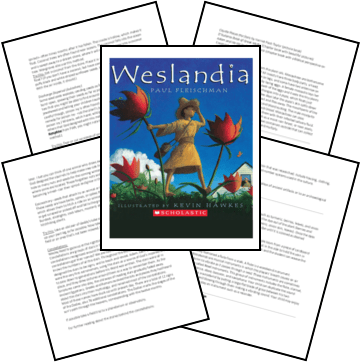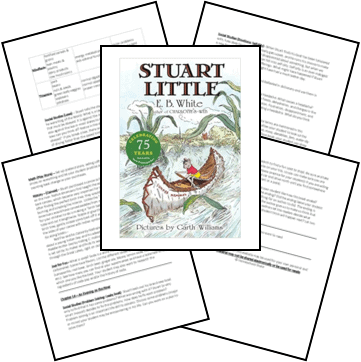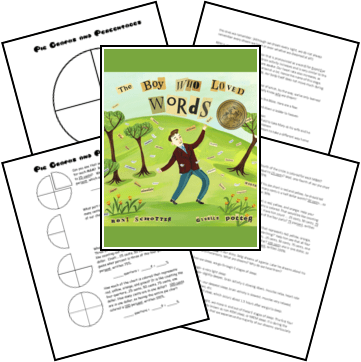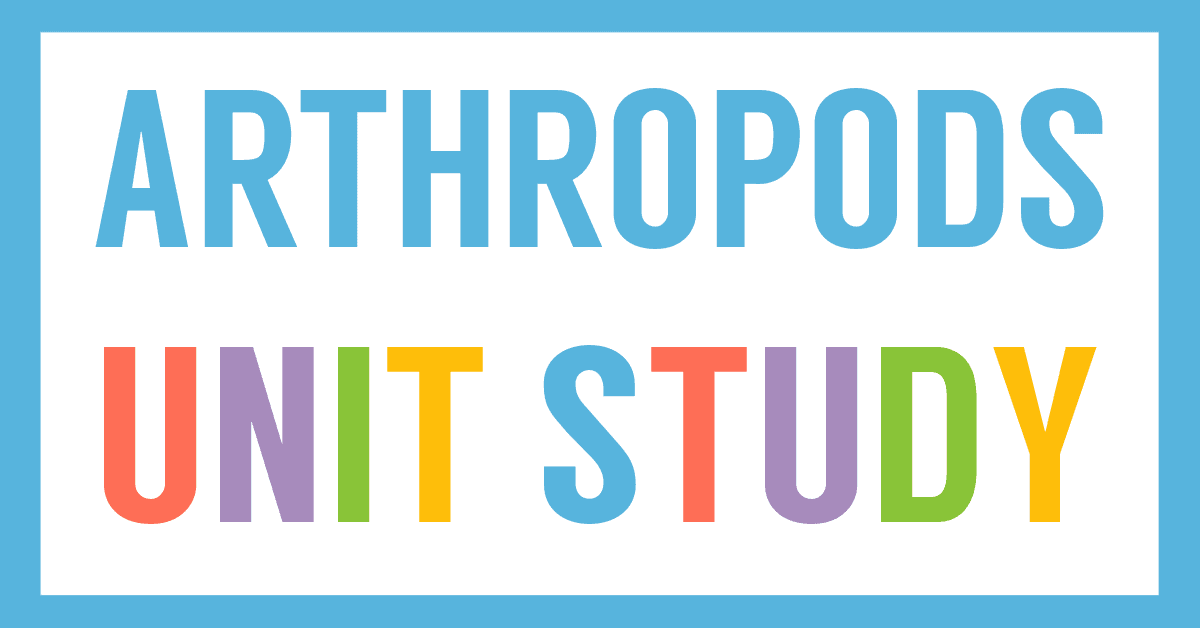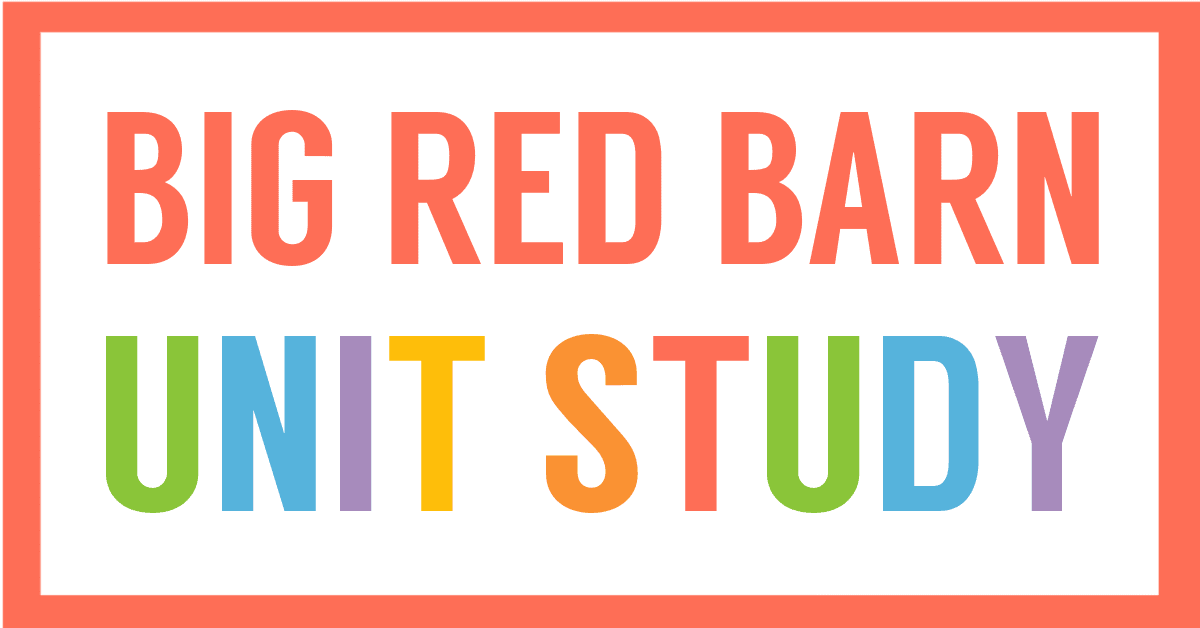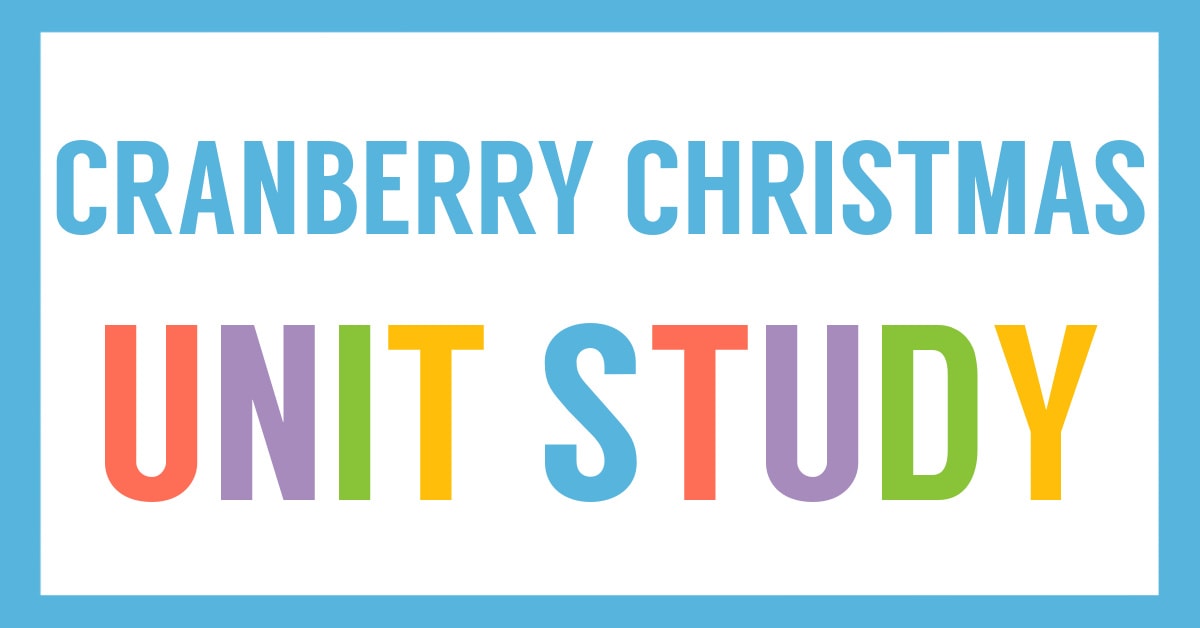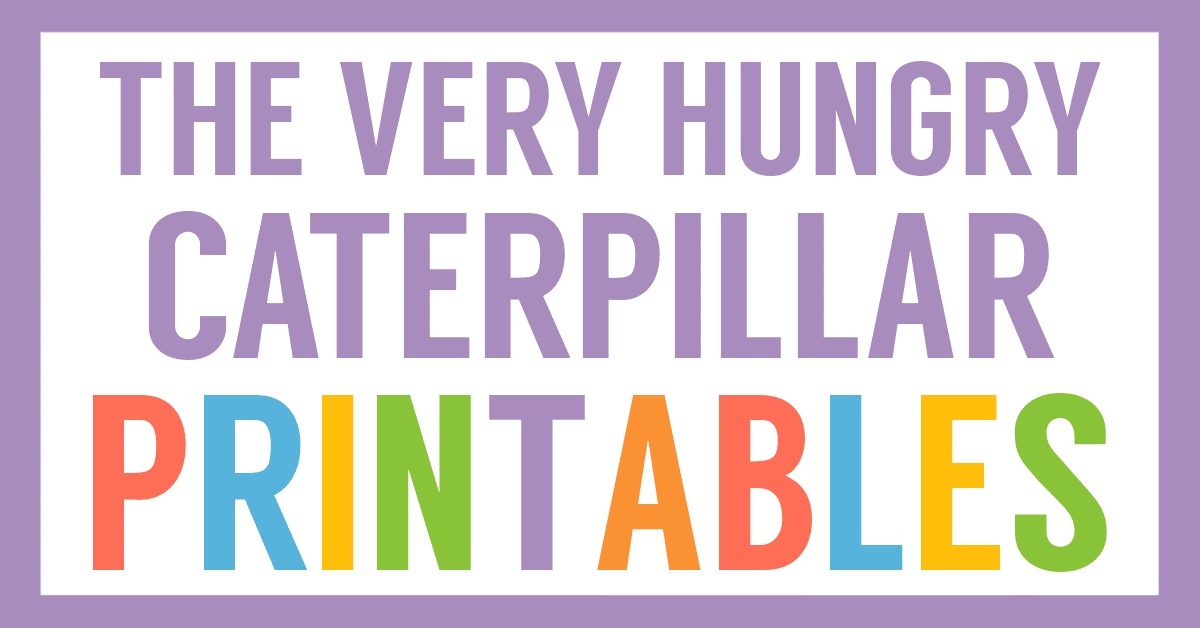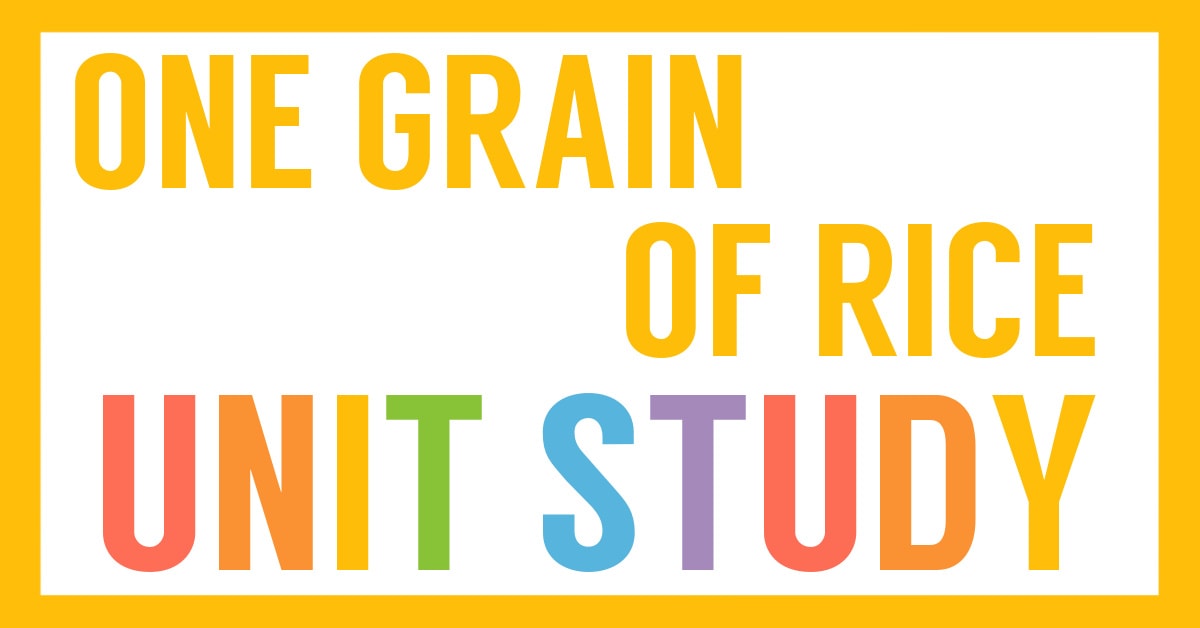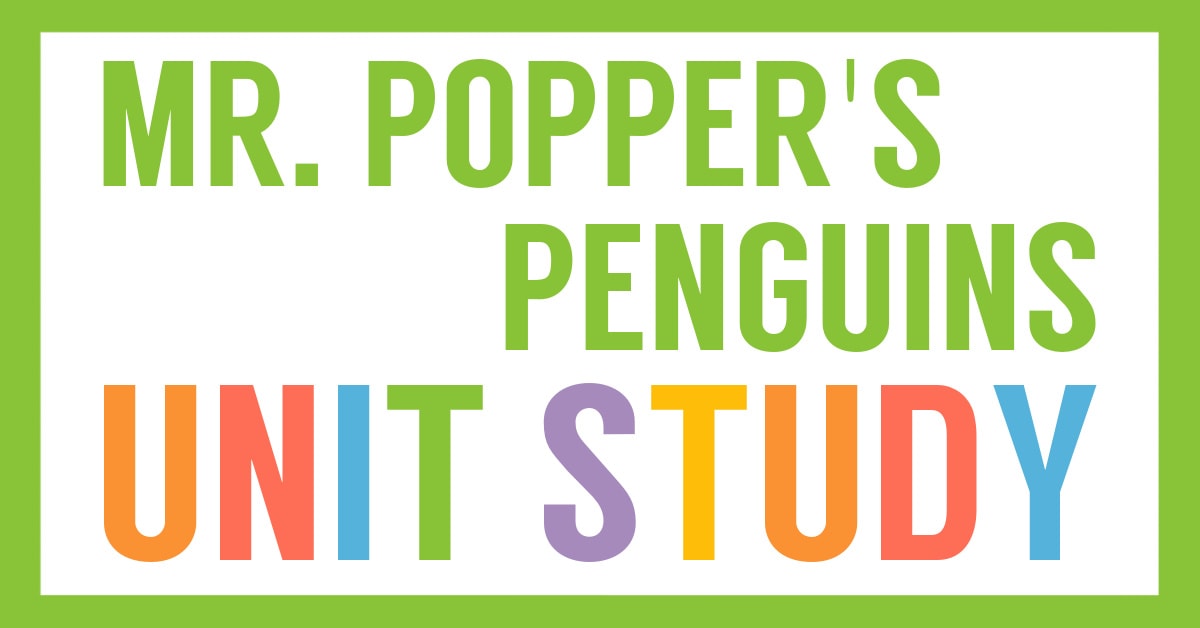Affiliate Disclaimer
We sometimes use affiliate links in our content. This won’t cost you anything, but it helps us to keep the site running. Thanks for your support.
Explore imagination and adventure with our free Weslandia activities and lessons based on the book by Paul Fleischman.
Weslandia Summary
Now that school is over, Wesley needs a summer project. He’s learned that each civilization needs a staple food crop, so he decides to sow a garden and start his own — civilization, that is. He turns over a plot of earth, and plants begin to grow. They soon tower above him and bear a curious-looking fruit. As Wesley experiments, he finds that the plant will provide food, clothing, shelter, and even recreation. It isn’t long before his neighbors and classmates develop more than an idle curiosity about Wesley — and exactly how he is spending his summer vacation.
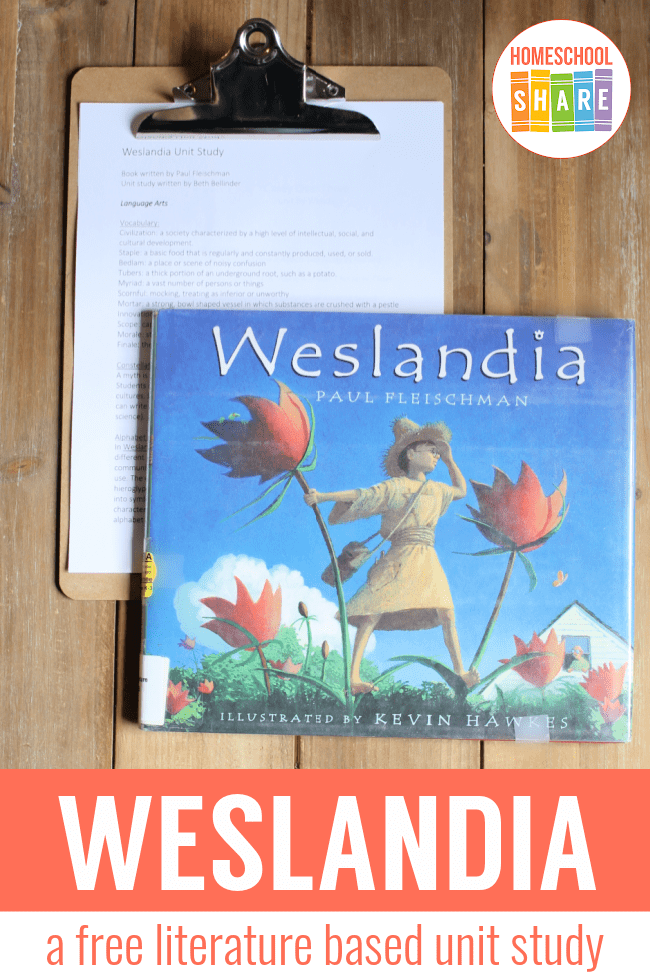
Thanks to Beth Bellinder for preparing this Weslandia unit study.
Weslandia Unit Study Activities and Lessons
Let your imaginations soar as you explore a variety of lessons with our Weslandia unit study. Here is a sample of the activities and lessons found in this free unit study:
Language Arts: Alphabet Characters
In Weslandia, Wesley develops an 80-character alphabet. Throughout history, different civilizations created their own alphabets. They were systems of communicating without speaking, and had to be commonly understood to be of use. The earliest alphabets, such as the cuneiforms of the ancient Sumerians or hieroglyphics of the ancient Egyptians, were picture based. This eventually evolved into symbols for letter sounds. Students can make their own alphabet of 30 to 40 characters. Discuss with students how this is possible, considering our own alphabet consists of only 26 letters. Possibilities include different character for long and short vowel sounds, different characters for digraphs, diphthongs, and blends, as well as characters for sounds that don’t exist in English. Foreign sounds may include the rolling rr (as in arroz) or ll (as in pollo) from Spanish or the “click” of the x in Xhosa. Students should write a message using their new alphabet and possibly exchange it (along with a key) with another student to be translated.
Math: Sundial
Students can make a sundial using a long stick. They can mark the hours on the first day, using smaller sticks or markers. Students can check the accuracy of their sundial for the next week or month. They will notice that it becomes less and less accurate due to the changing seasonal position of the sun. Discuss why sundials are not used widely today.
Science: Parts of a Plant
Wesley’s seeds took root, first as small seedlings, then shooting up past his knees, and then producing fruits. Discuss with your child the different parts of a seed and of a plant. A seed coat protects the inside embryo, which is the baby plant. There is storage of food inside the seed around the embryo. Some seeds have a very hard coat, and it helps to soak the seed before planting. Explain to your child how not all seeds will grow though. They need air, plenty of water, and the right temperature and amount of light to begin to grow, or germinate.
After a seed germinates, the plant begins to grow. Most flowering plants have four main parts: roots, stems, leaves and flowers. The roots grow underground and hold a plant in place and take in water and nutrients from the soil for the plant to grow. The shoot or stem grows up from the top of the seed, and holds up the leaves and flowers of a plant. It also carries the water and nutrients from the roots to the rest of the plant. The leaves grow from the shoot and make food for the plant using a process called photosynthesis. It takes chlorophyll (which is the green in the leaves), sunlight, water and a gas called carbon dioxide to make glucose (a kind of sugar). This glucose is stored in the stems or roots of the plants. The leaves also give off oxygen, which is in the air we breathe. Buds then develop, and flowers form from the buds. From some flowers, fruit is produced. The flowers contain the parts to make seeds, and then the process starts all over again. Flowers have four parts: The petals, which are the lovely blossom, we see easiest and it attracts bees, insects and birds to help with pollination. The pistils are the female reproductive part, which stores the egg cells. The stamens are the male reproductive part and they produce the pollen. Plants need to be pollinated to produce seeds and fruit. The fourth part is the sepals, which are small green leaf-like petals that surround the flower to protect a young flower.
You can grab a copy of the entire Weslandia unit study in an easy-to-print file at the end of this post.
How to Get Started with the Weslandia Activities and Lessons
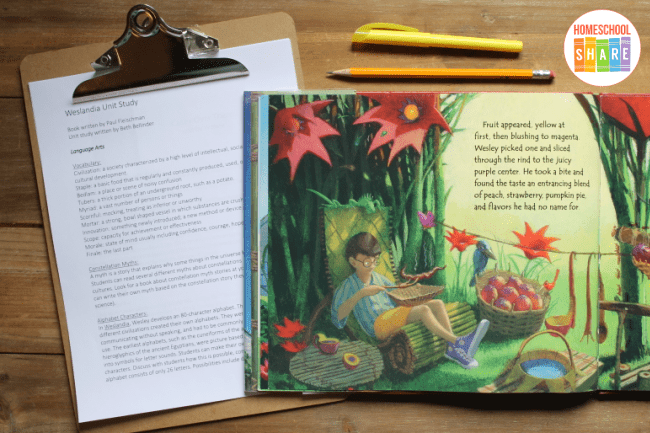
Follow these simple instructions to get started with the Weslandia unit study:
- Buy a copy of the book, Weslandia, or grab one from your local library.
- Print the Weslandia unit study.
- Choose the lessons you want to use with your student (a highlighter works great for this).
- Enjoy a week of literature-based learning with your student.
Download Your Free Weslandia Unit Study
Simply click on the image below to grab the free Weslandia unit study.
More Literature Based Unit Studies
If your student enjoyed these book activities, try these other literature based unit studies.

